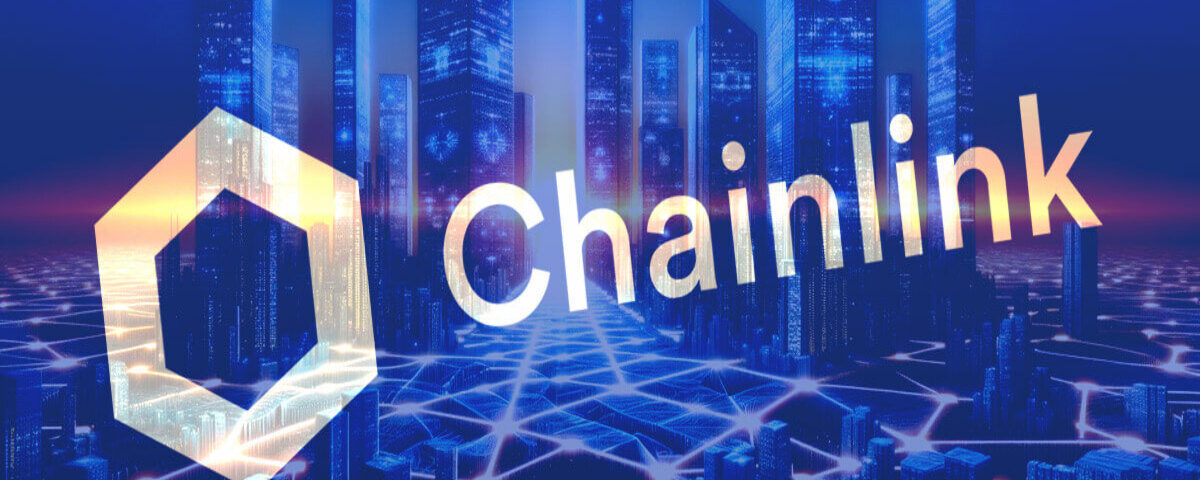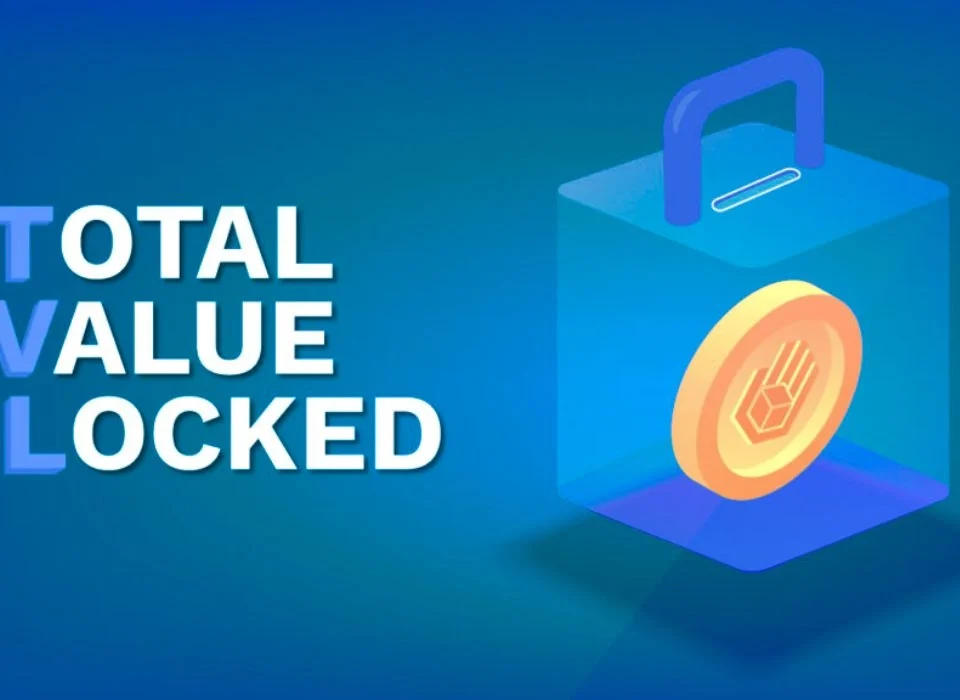
Monero (XMR): An In-Depth Look at Privacy and Security in Cryptocurrency
01/08/2024
An In-Depth Look at Polkadot (DOT): Revolutionizing Blockchain Interoperability
04/08/2024Chainlink: Revolutionizing Blockchain with Decentralized Oracles
Blockchain technology has transformed various industries by providing decentralized, transparent, and secure systems. However, one of the significant challenges that blockchain networks face is their inability to interact with external data. This is where Chainlink comes into play. Chainlink, a decentralized oracle network, bridges the gap between blockchain smart contracts and real-world data, enabling a new wave of innovative applications. In this article, we will explore what Chainlink is, how it works, its key features, use cases, and future prospects.
Introduction to Chainlink
What is Chainlink?
Chainlink is a decentralized oracle network that allows smart contracts on various blockchain platforms to securely connect to external data sources, APIs, and payment systems. Chainlink provides the necessary infrastructure for blockchains to interact with real-world data while maintaining the security and reliability that blockchain technology offers.
The Oracle Problem
Blockchains and smart contracts are inherently isolated from the external world. They can only process data that is already on the blockchain and cannot access off-chain information. This limitation is known as the “oracle problem.” Oracles are entities that provide a way for blockchains to interact with off-chain data. However, centralized oracles introduce a single point of failure, which can compromise the security and reliability of the smart contracts they serve.
Chainlink addresses this issue by using a decentralized network of oracles, ensuring that data is reliable, tamper-proof, and resistant to single points of failure.
How Chainlink Works
Decentralized Oracle Network
Chainlink operates a decentralized network of nodes, known as oracles, which fetch and verify data from multiple sources. These oracles provide data to smart contracts in a secure and decentralized manner. The key components of Chainlink’s architecture include:
- Chainlink Nodes: These are independent entities that fetch off-chain data and provide it to the blockchain. Nodes are incentivized with LINK tokens, Chainlink’s native cryptocurrency, to ensure the accurate and reliable delivery of data.
- Chainlink Aggregation Contract: This contract aggregates data from multiple nodes and delivers a single, validated data point to the smart contract. It ensures that the data is consistent and trustworthy.
- Chainlink Reputation System: This system tracks the performance and reliability of nodes. Nodes with higher reliability scores are more likely to be selected for providing data, ensuring the network’s integrity.
Chainlink Token (LINK)
The LINK token is an ERC-20 token used to pay for services within the Chainlink network. It serves several purposes:
- Payment: Smart contract developers pay LINK tokens to node operators for their services.
- Incentives: Node operators earn LINK tokens as a reward for providing accurate and reliable data.
- Staking: Node operators can stake LINK tokens as collateral, which can be forfeited if they provide false or unreliable data.
Key Features of Chainlink
Security and Reliability
Chainlink’s decentralized nature ensures that data is sourced from multiple nodes, reducing the risk of manipulation and single points of failure. The aggregation of data from various sources further enhances the reliability and accuracy of the information provided to smart contracts.
Flexibility and Compatibility
Chainlink is blockchain-agnostic, meaning it can work with any blockchain platform that supports smart contracts. This flexibility allows developers to integrate Chainlink into various applications across different blockchain ecosystems.
Transparency
Chainlink’s reputation system and the visibility of node performance metrics provide transparency into the network’s operations. Users can verify the reliability of nodes and the accuracy of the data they provide.
Scalability
Chainlink’s architecture is designed to be scalable, allowing the network to handle an increasing number of nodes and data requests without compromising performance or security.
Use Cases of Chainlink
Decentralized Finance (DeFi)
One of the most prominent use cases for Chainlink is in the DeFi sector. DeFi applications require accurate and reliable data feeds for price feeds, interest rates, and other financial metrics. Chainlink provides secure and tamper-proof data, ensuring the integrity of DeFi protocols.
Examples
- Aave: A decentralized lending and borrowing platform that uses Chainlink oracles for price feeds to determine collateral values and liquidation thresholds.
- Synthetix: A synthetic asset platform that relies on Chainlink for accurate and real-time price data to issue and trade synthetic assets.
Insurance
Chainlink can be used in the insurance industry to automate claim processing and payouts based on real-world data. For example, weather data from Chainlink oracles can trigger insurance payouts for crop damage due to adverse weather conditions.
Examples
- Etherisc: A decentralized insurance platform that uses Chainlink to provide real-time weather data for parametric insurance products.
Supply Chain
Chainlink enables supply chain applications to verify the authenticity and condition of goods. By connecting IoT devices to blockchain networks, Chainlink can provide real-time data on the location, temperature, and handling of products throughout the supply chain.
Examples
- Morpheus.Network: A supply chain middleware platform that leverages Chainlink oracles to integrate real-time data from IoT devices into blockchain-based supply chain solutions.
Gaming and NFTs
In the gaming and NFT (non-fungible token) industries, Chainlink can provide random number generation (RNG) for fair gameplay and provably rare NFT creation. This ensures transparency and trust in gaming mechanics and the uniqueness of digital collectibles.
Examples
- Axie Infinity: A blockchain-based game that uses Chainlink VRF (Verifiable Random Function) for random number generation in gameplay mechanics.
Cross-Chain Interoperability
Chainlink’s decentralized oracle network can facilitate cross-chain communication by providing reliable data feeds across different blockchain platforms. This enables interoperability between blockchain networks, allowing assets and information to move seamlessly between them.
Examples
- Polkadot: A multi-chain platform that can utilize Chainlink oracles for secure and reliable data feeds across different parachains.
Challenges and Future Prospects
Challenges
- Scalability: As the demand for decentralized oracles grows, Chainlink must continue to scale its network to handle increasing data requests without compromising performance.
- Competition: Other projects are developing decentralized oracle solutions, creating a competitive landscape. Chainlink must continue to innovate and improve its offerings to maintain its market position.
- Regulatory Risks: As with all blockchain projects, Chainlink faces potential regulatory challenges. Compliance with evolving regulations is crucial for its long-term success.
Future Prospects
- Adoption and Integration: Chainlink’s continued adoption by major blockchain projects and traditional enterprises will solidify its position as the leading decentralized oracle network.
- Technological Advancements: Ongoing research and development in areas such as zero-knowledge proofs and secure multi-party computation can further enhance Chainlink’s capabilities and security.
- Expansion of Use Cases: As blockchain technology matures, new use cases for decentralized oracles will emerge, providing additional opportunities for Chainlink to expand its impact.
Conclusion
Chainlink has established itself as a critical infrastructure component in the blockchain ecosystem, addressing the oracle problem with a secure, decentralized, and reliable solution. Its ability to connect smart contracts with real-world data opens up numerous possibilities across various industries, including finance, insurance, supply chain, gaming, and cross-chain interoperability. Despite challenges, Chainlink’s innovative approach and growing adoption position it for a promising future. As blockchain technology continues to evolve, Chainlink will play a pivotal role in enabling more sophisticated and interconnected decentralized applications. Whether you are a developer, investor, or blockchain enthusiast, understanding Chainlink’s capabilities and potential is essential for navigating the rapidly expanding world of decentralized technologies.



